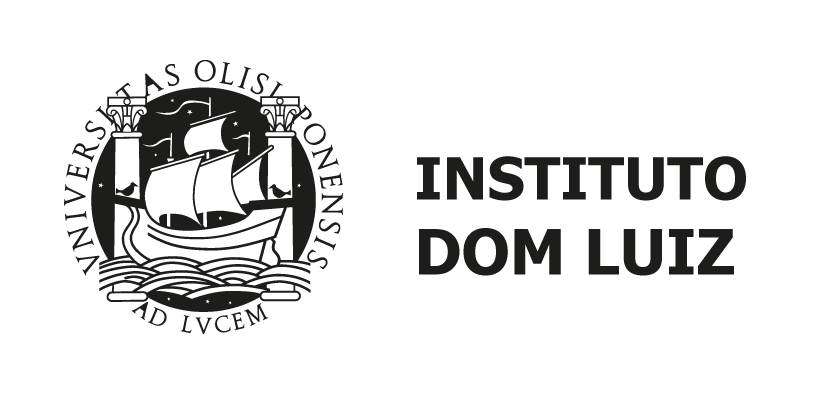Natural Hazards
Research line Coordination
Maria Ana Batista | João Duarte
Natural Hazards research requires the integration of different spatiotemporal scales of analysis of the Earth's atmosphere, oceans, surface, lithosphere and mantle dynamics processes to understand and better predict other types of hazards and their triggering mechanisms; moreover, it demands long-term observations of Earth's physical processes to assess the likelihood of future events and to better prepare, mitigate and adapt to its consequences in human societies.
IDL has a long track record of geodynamic-related natural hazard research, comprising earthquakes, tsunamis, volcanic eruptions, landslides, and extreme weather events such as, floods, fires and droughts. The Atlantic is prone to a significant number of geo-hazards, as attested by the great earthquake of 1755 and its trans-oceanic tsunami, as well as by volcanic eruptions that can cause major air travel disruptions such as the 2010 Eyjafjallajökull eruption.
The characterization of significant earthquakes and volcanic eruptions, both in the instrumental, historical and geological records, as well as the understanding of the physics of these processes, are key topics to better understand the generation of future risk-posing seismic and volcanic events, leading to a proper hazard evaluation to feed adequate mitigation strategies and policies. The same applies to extreme weather events that require long-term preparation and adaptation. The increase of climate change-related extreme weather events is contributing to a marked increase in droughts, water shortages and the extension of fire season, posing serious and immediate risks to the populations and the organization of society in general.
This thematic line includes research on the characteristics and mechanisms of individual hazards, with contributions from all research groups at IDL. RG1 contributes to the understanding of weather induced hazards. RG3 concentrates its efforts on the knowledge of geodynamic processes. RG2 focuses on the interaction of such processes with the land surface, the seafloor and the hydrosphere. To a lesser extent, RG4 interacts with the other groups to develop practical solutions for the energy transition, posing societal risks.
Ongoing activities include continuously monitoring seismic and tsunami activity led by IPMA, as well as satellite monitoring of the land surface conditions (e.g. vegetation state, active fires). IDL is also at the forefront of ocean seismometers and SMART cable technology and will benefit from installing the telecommunication cable ring equipped with geophysical sensors connecting the Azores and Madeira to the mainland. IDL has also firmly invested in collecting geological and geophysical data, which feeds high-end geodynamic and predictive atmospheric models.

